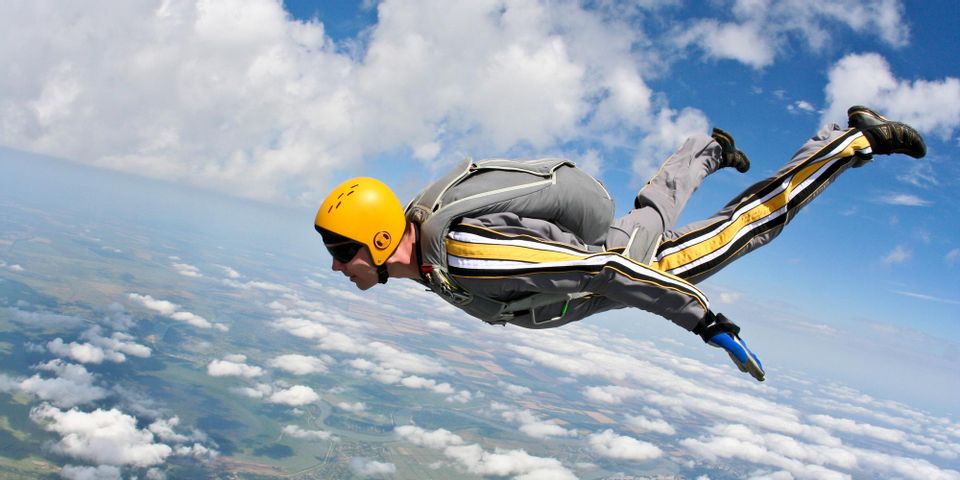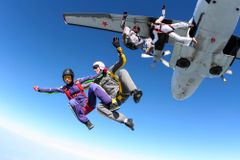
If you’ve always wanted to learn to skydive, you’ve likely daydreamed about what it feels like to experience that adrenaline rush. But have you ever stopped to consider the scientific concepts that make skydiving possible? Find out what you need to know in this guide to the physics of skydiving.
What Forces Make Skydiving Possible?
 Skydiving works because of the relationship between gravity and air resistance. When a skydiver jumps from an aircraft, they gain both speed and air resistance as they free fall. The amount of air resistance increases until it equals the force of gravity, at which point the skydiver reaches terminal velocity. Their descent maintains a constant speed rather than accelerating. The skydiver’s speed decreases after they open their parachute, then a new terminal velocity is reached when air resistance and gravity balance again.
Skydiving works because of the relationship between gravity and air resistance. When a skydiver jumps from an aircraft, they gain both speed and air resistance as they free fall. The amount of air resistance increases until it equals the force of gravity, at which point the skydiver reaches terminal velocity. Their descent maintains a constant speed rather than accelerating. The skydiver’s speed decreases after they open their parachute, then a new terminal velocity is reached when air resistance and gravity balance again.
What Affects Air Resistance?
The amount of air resistance on a skydiver depends largely on the cross-sectional area of the skydiver’s body. Someone who skydives feet first, head first, or in a tucked position experiences less air resistance than a skydiver who falls in a spread-eagle position. When the parachute opens, it creates a larger cross-sectional area and increases the air resistance, causing the skydiver’s speed to decrease.
Now that you’re equipped with an understanding of the science behind skydiving, sign up for a jump at Pacific Skydiving Center in Waialua, HI. They’ve provided thrill seekers with safe, exciting skydiving adventures on the North Shore of Oahu for over 42 years. Whether it’s your first time skydiving or you’ve gone parachuting before, they have the training and experience to make your trip truly memorable as the only Department of Defense-certified company in the state. Plus, they offer a minimum altitude guarantee! Call (808) 637-7472 to book a reservation, or visit their website for more information about their skydiving school.
About the Business
(360 reviews)
Have a question? Ask the experts!
Send your question

